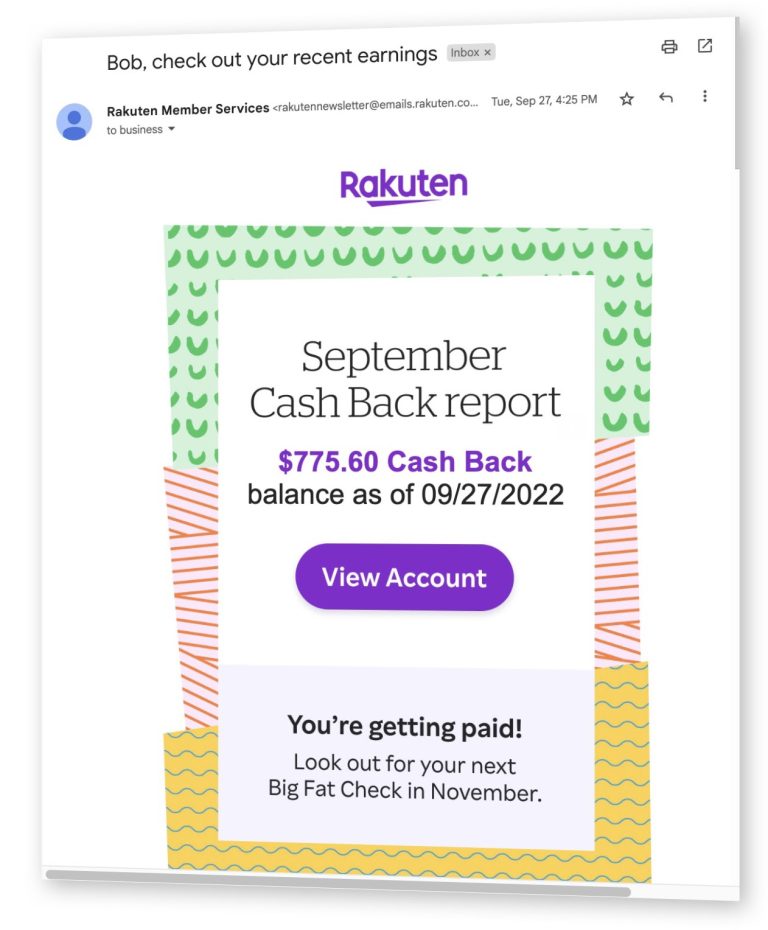
Should you spend a whopping two months’ salary on an engagement ring? That depends on whether you listen to your own instincts, or a global jewelry company’s marketing department. Photo: Mary McCartney/DeBeers via Facebook
Recently, one of my friends was curtain shopping when she received some pretty crazy advice from a friendly store employee.
“You should expect to spend around 5{6fac3e6a3582a964f494389deded51e5db8d7156c3a7415ff659d1ae7a1be33e} of your home’s value on curtains and draperies,” the saleswoman explained as she sauntered around the sales floor.
Of course, my friend balked at the idea. Not only is spending that much money on curtains absolutely absurd, but it is also highly unrealistic. Where we live, you can get a really nice four-bedroom home for $200,000, throw a few Wal-Mart curtains up, and call it a day. For heaven’s sake, nobody needs to spend that much cash on curtains.
I know I certainly didn’t. As usual, I missed the memo on what someone else thinks I should spend on this or that. When we bought our house, my entire curtain spending included the cost of a few valances from J.C. Penney. What, maybe $50?
Well guess what, my house looks just as nice as it would if I had ordered custom Louis Vuitton curtains with gold leaf embroidery. (Or whatever kind of curtains cost $10,000 – I’m not really sure.)
Six Pieces of Financial Advice that Need to Die
Regardless, the whole situation with my friend got me thinking about all crazy financial advice I have heard over the years. Because, let’s face it, bad financial advice is everywhere. And while some is just outdated, other tidbits of wisdom are borderline criminal to disseminate.
Here are some financial pearls of wisdom that people should really stop sharing:
1. Expect to Spend Two Month’s Salary On an Engagement Ring
Nothing grinds my gears more than the idea that men or women should fork over two month’s salary for an engagement ring. Think about it. A man pulling in $60,000 should expect to spend $10,000 on a ring, while a man (or woman) making $90,000 should spend $15,000. Even a guy getting by on $30,000 would need to drop $5,000 to meet this standard.
That’s the biggest load of crazy talk I’ve ever heard, and it makes sense when you find out where this advice originated from. Jewelry giant DeBeers crafted that convenient rule in the 1980s with the campaign slogan, “How can you make two months’ salary last forever?” Prior to that, the price range DeBeers suggested was more like one month’s earnings.
The bottom line: When you let a company’s marketing campaign decide how much you should spend on their product, expectations will be high. So spend as much as you want on an engagement ring, and not a penny more. For most of us, two month’s salary makes little to no sense.
2. Buy As Much House as You Can Afford
For those who observed and took note, the housing crash of 2008 serves as a reminder of what happens when prices spiral out of control. Unfortunately, people tend to forget quickly. And even worse, they go back to believing the exact same nonsense that got them into trouble in the first place.
When we were house shopping last year, we heard much of the advice that proved tragic back before the housing bubble popped. “You guys should really buy a lot more house than this,” one Realtor told us. “Buy big and you could easily double the value of our home over the next decade.”
Another realtor echoed a similar stance. “Interest rates are low,” she said. “Now is the time to buy as much as you can.”
But, how much could we buy? According to a standard mortgage calculator, we could spend about 300{6fac3e6a3582a964f494389deded51e5db8d7156c3a7415ff659d1ae7a1be33e} of what we’d planned. At that time, I didn’t care what a calculator told me, nor did I care what the bank would lend me. I knew what I could afford, and I was quite content with my decision.
The bottom line: Only you know what you can afford. Don’t listen to the bank. And for heaven’s sake, don’t listen to real estate agents – their salaries can rise or fall depending on how much you spend.
3. Credit Cards are the Devil
Although this particular advice is outdated, financial guru Dave Ramsey continues to lead the charge against the use of credit as a means of payment. Back in 2009, he didn’t mince words when he told his followers to avoid credit at all costs.
“There is no positive side to credit card use. You will spend more if you use credit cards,” he wrote on his website. “Even by paying the bills on time, you are not beating the system! But most families don’t pay on time.”
His opinion may not have changed since then, but the world sure has. Now you can barely get by without at least having a credit card for emergencies. These days, you need credit to rent a hotel room or a rental car. (You can use debit, but they will put a hold against the actual funds in your account if you do.)
Meanwhile, credit cards offer certain protections that you just can’t get if you use cash – or even debit. Travel insurance, trip insurance, and fraud protection are a few of the biggest perks, but there are plenty of others.
The truth is, credit cards are not the devil – the way we use them is the problem. Credit cards don’t get you in debt; you do. So learn to use credit wisely, or don’t use it at all. Just don’t blame a piece of plastic for your problems.
4. Save 10{6fac3e6a3582a964f494389deded51e5db8d7156c3a7415ff659d1ae7a1be33e} for Retirement and You’ll Be Fine
For as long as I can remember, I’ve heard that I should save 10{6fac3e6a3582a964f494389deded51e5db8d7156c3a7415ff659d1ae7a1be33e} of my earnings for that distant occasion in the future known simply as “retirement.”
But over the course of my lifetime, the career landscape has changed dramatically. Where employees once worked at the same company for 20 or 30 years, people are now much more likely to switch jobs whenever the wind blows. And where most people worked for someone else their whole lives, many more are now self-employed or part of the growing freelance economy.
Is 10{6fac3e6a3582a964f494389deded51e5db8d7156c3a7415ff659d1ae7a1be33e} still enough? Maybe, but those of us who hope to retire early sure don’t think so.
Let’s look at the numbers. A family making an average of $60,000 who socks away only 10{6fac3e6a3582a964f494389deded51e5db8d7156c3a7415ff659d1ae7a1be33e} of that income for 30 years would have only $734,075 for retirement if they made an average of 8{6fac3e6a3582a964f494389deded51e5db8d7156c3a7415ff659d1ae7a1be33e} on their investments. If they could manage to put away 20{6fac3e6a3582a964f494389deded51e5db8d7156c3a7415ff659d1ae7a1be33e} instead, they would have close to $1.5 million.
The idea of saving only 10{6fac3e6a3582a964f494389deded51e5db8d7156c3a7415ff659d1ae7a1be33e} for retirement died right along with the idea that you could spend your entire life working for one firm. If you want to retire early – if you want to have options – you need to save much more than that. And you should start now.
5. Carry a Balance to Improve Your Credit Score
This one really annoys me, and it’s just not because it’s patently false; it also costs people money. Apparently, word on the street is that carrying a balance (and paying interest) can actually improve your credit score.
Here’s the truth: Five different factors are considered when coming up with each person’s credit score. As MyFico.com reports, 30{6fac3e6a3582a964f494389deded51e5db8d7156c3a7415ff659d1ae7a1be33e} of your score is based on amounts owed, 35{6fac3e6a3582a964f494389deded51e5db8d7156c3a7415ff659d1ae7a1be33e} on payment history, 15{6fac3e6a3582a964f494389deded51e5db8d7156c3a7415ff659d1ae7a1be33e} on the average length of your credit history, 10{6fac3e6a3582a964f494389deded51e5db8d7156c3a7415ff659d1ae7a1be33e} on how much new credit you have, and another 10{6fac3e6a3582a964f494389deded51e5db8d7156c3a7415ff659d1ae7a1be33e} on your credit mix.
The “amounts owed” part is of utmost importance in this argument. Basically, the amount of money you owe on your accounts compared to your total account limit is your “balance-to-limit” ratio, also known as your “utilization.” Here’s how Experian explains it:
“Your balance-to-limit ratio, also known as your utilization rate, is calculated by dividing the total of the balances on your credit cards by the total of the credit limits on your credit cards. A high balance-to-limit ratio warns creditors that you may be experiencing financial difficulty or using credit to live beyond your means. A high utilization rate is a strong sign of credit risk, second only to your payment history. According to VantageScore, your balances should not exceed 30{6fac3e6a3582a964f494389deded51e5db8d7156c3a7415ff659d1ae7a1be33e} of your credit limits. However, the lower your utilization rate, the better. The best strategy is to pay your balances in full each month.”
In other words, owing money is bad for your utilization, and thus, bad for your credit score. So instead of carrying a balance with the false hope that it’s a good thing, pay your credit card in full and relish in the joy of becoming debt-free.
6. College is Always a Good Investment
Here’s the biggest whopper of them all – the lie of all lies – the one financial mistake that can alter your life for decades to come.
It’s true that college is the best investment that many people have ever made or will ever make. But is it a good investment for everyone? I think not.
While a college degree may be a requirement for some careers, it isn’t required at all for others. Nurses, doctors, lawyers, and teachers need that plaque on the wall and the appropriate certifications, but do carpenters, artists, and tech workers? The answer: Not always.
The rising costs of a college degree also play a part in this equation. When college costs rise faster than the wages of degree-holders, the return-on-investment, or ROI, drops like a lead brick.
According to the most recent figures from College Board, the average cost of a four-year degree from a four-year in-state school has climbed to almost $40,000 for the 2014-15 school year. Meanwhile, the cost of the same degree at a private school surged to almost $125,000. And keep in mind, that’s just the cost for tuition and fees; it doesn’t include room and board, housing, and all of the other costs that keep college out of reach for so many.
And perhaps the biggest red flag is this: Almost half of first-time college students don’t finish earning their degree. That means many students leave school with a bunch of student loan debt — and not much else to show for it.
The truth: College isn’t for everyone, nor should it be. Think long and hard before you push your kids into something that will cost them so much, yet possibly return so little. Certain jobs may require that four-year degree, but others need only an associate’s degree, a few certifications, or some applicable experience. It’s up to you to know the difference.
Learning to Spot Bad Advice From a Mile Away
When you’re young and still figuring things out, it’s easy to hear financial advice like this and think that’s just the way things are. But when you’ve been around for a while, you start to realize that bad financial advice is everywhere– and it’s up to you to avoid it.
So instead of relying on what others say, learn to think things through on your own. It might be wise to consult a financial professional in certain cases, but most of the time, you probably already know the answer. If a $20,000 engagement ring sounds like the craziest thing you have ever heard, it’s probably because it is. Who cares what DeBeers has to say about it?
The bottom line is this: Only you know what you can afford. Only you know if certain advice makes sense for your situation. And for heaven’s sake, only you know how much you should spend on curtains. And at the end of the day, only your opinion matters.
So do yourself and everyone else a favor – ignore bad financial advice, or at least stop repeating it. Some bad financial advice needs to die – once and for all.
The post Financial Advice That Needs to Die appeared first on The Simple Dollar.
SOURCE: The Simple Dollar The Simple Dollar – Read entire story here.





















